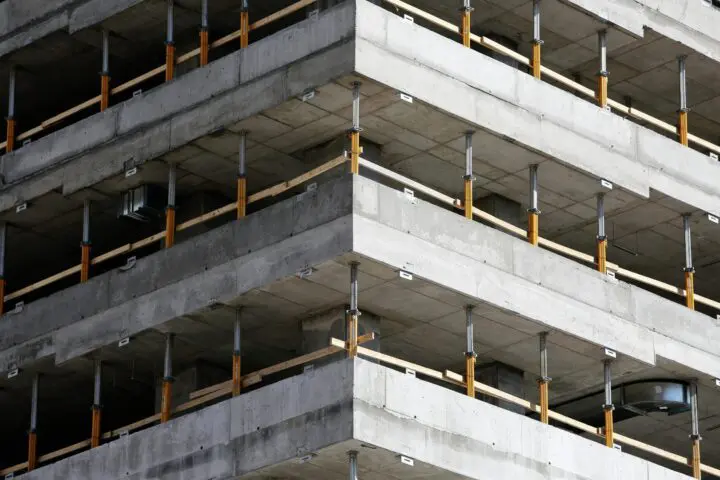Green Design ‑ What Can Go Wrong?
Over the last 25 years, the green design movement has grown but fortunately, despite predictions, there has not been a flood of litigation nor a drastic change in the design professional standard of care.
Text
Over the last 25 years, the green design movement has grown but fortunately, despite predictions, there has not been a flood of litigation nor a drastic change in the design professional standard of care. This paper explores the potential impact of new risks and legal theories associated with green design along with two case studies to illustrate those risks. Given that the impact of the movement has not yet materialized in litigation, the paper suggests that architects assess their services in the context of current industry practice and monitor for impending changes.
Green design adds obligations and potential problems that may create uncertainty, and lead to disputes and increased liability risk. However enthusiastic owners, developers and government agencies are about achieving green construction goals, most are unfamiliar with it and rely on architects to advise them on options, features, requirements, construction costs, operation and maintenance costs, sustainability, expected long-term savings, and available incentives.
It appears that design professionals now have an obligation to inform the owner of, and to implement, optional and mandatory green requirements. Green is thereby becoming part of the standard for architects. The resulting “new” risks for architects arising in green building now may include:
- Breach of Contract, Breach of Warranty or Guaranty if the project fails to meet the owner’s expectations.
- Code Violations as a result of increased complexity of laws and regulations with which design professionals are expected to comply.
- Violations of Non-Governmental Agency Standards arising from a failure to satisfy the certifying authority’s requirements, as well as delays and conflicts resulting from ill-equipped enforcement agencies handling the certification process.
- Product failures of new and innovative products that are not time-tested or proven for their durability and functionality.
- Misrepresentation, fraud and other claims by an owner alleging that the outcome failed to meet the expected result.
Even without a flood of green litigation, green construction adds new risks and complexity to the analysis. The standard of care requires the architect to provide their services consistent with the degree of care and skill exercised by similar professionals practicing in the same area under similar circumstances. With the prevalence of green design, an architect may be held to a standard that requires certain “green” obligations that include the obligation to advise the owner of green design options and the review of submittals for compliance with green specifications – along with the same common-sense approach to design that assess life-cycle costs and consider basic design elements.
More jurisdictions are adopting green codes and green design is becoming the standard. In addition, the continuing pace of advancement in the areas of building sustainability, energy usage, and resilience, create the potential for greater impact. Architects now face the challenge of providing their design services under contracts that may not appropriately address the new risks. The written contract can be the best means of mitigating risks.
A risk that is less obvious to designers may be making representations or certifications, before or after contracting, that could be interpreted as modifying the contract, assuming additional obligations, or making promises for which the designer may face liability. The AIA offers contractual tools to help manage the expectations related to sustainable design including AIA E204 that addresses numerous requirements and obligations that affect the architect’s liability.
More on Professional Liability

2024 Professional Liability Trends Every Architect Should Know
News ▪ April 2025
Ethical challenges of generative AI in architectural practice
News ▪ February 2025
Pitfalls of the Profession by LegaLine
Components ▪ Contracts ▪ Legal ▪ Professional Liability ▪ Professional Practice ▪ Risk ▪ Small Firms ▪ Webinar